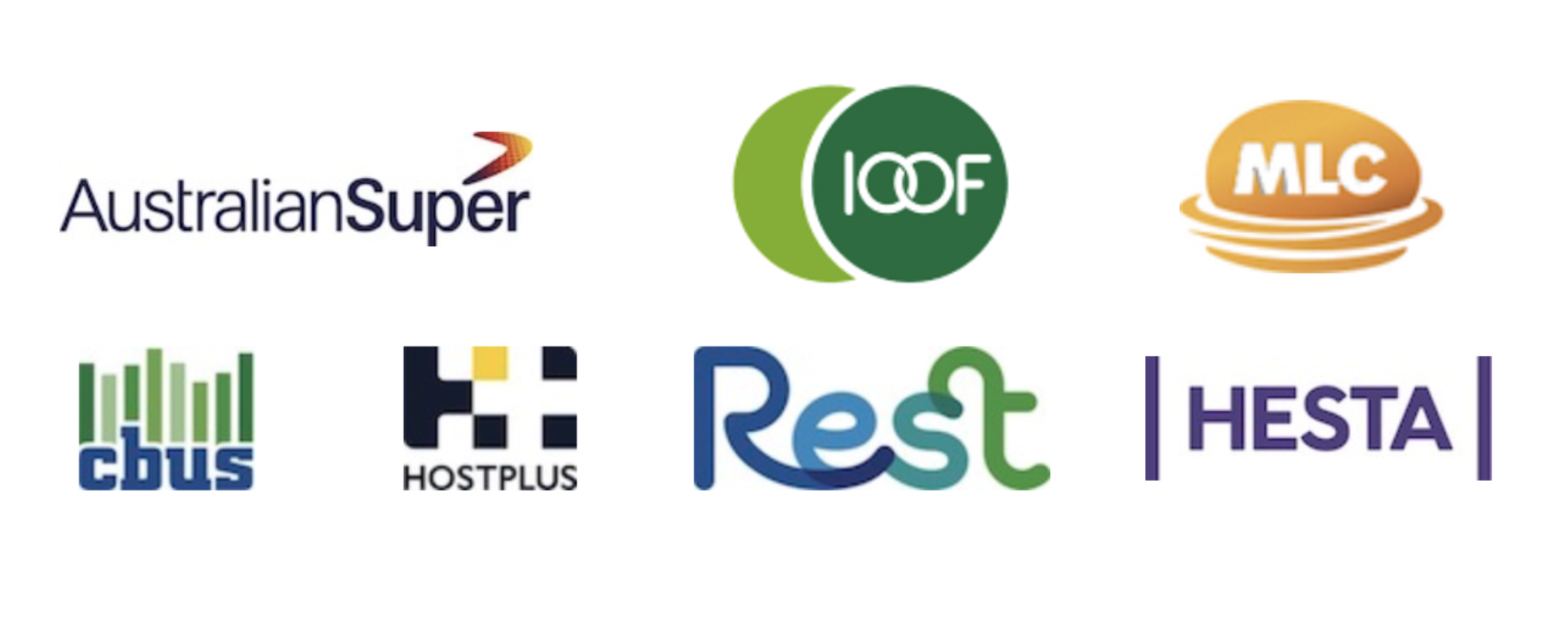Beginners Guide To Superannuation

The superannuation system in Australia can be quite complex, but don't worry! This guide will take you through how it works.
In Australia, our retirement income system is made up of three main components: the age pension, superannuation savings, and additional voluntary savings.
- When it comes to contributing to your superannuation account, there are a few limits to keep in mind. You can contribute up to $27,500 per year before taxes, and an additional $110,000 after taxes.
- Any money you contribute to your superannuation account gets added to your existing balance and can be invested according to your chosen investment options.
- Once you reach retirement, you'll have the option to access your superannuation funds either as a regular income stream or as a lump sum payment.
The good news is that your superannuation retirement benefits are generally tax-free, up to a certain limit. This limit is currently set at a minimum of 1.9 million for the 2024 financial year. Only the income earned above this threshold may be subject to taxes.
To ensure that Australians can retire with some level of financial security, the Australian government has developed a retirement income system that combines the age pension, superannuation savings, and additional savings supported by special benefits for those with lower incomes.
The Australian Retirement system
Part 1: The Age Pension

Part 2: Superannuation savings
Superannuation savings are the second part.It's a long-term savings account dedicated to your retirement funds. As an Australian, you're encouraged to supplement your age pension by setting up a superannuation account. Typically, your employer contributes a portion (at least 11 %) of your salary into your superannuation account through the superannuation guarantee. You can also choose to contribute additional funds to boost your savings and have the flexibility to set up other accounts alongside the one provided by your employer.
Part 3: Voluntary Extra Savings
The third part consists of voluntary extra savings. This part allows you to further enhance your retirement savings through various tax concessions like negative gearing, capital gains tax concessions, or franking credits.
While many individuals still qualify for the age pension, it's important to recognize that as superannuation savings grow and become more
significant for Australians, retirees may find themselves eligible only for a part-rate age pension. This highlights the increasing
importance of superannuation savings in providing financial security during retirement.
There are four important choices you must make when it comes to managing your superannuation savings
1. Choosing a superannuation fund

When it comes to superannuation, most people get introduced to it through their employer.
Your employer is responsible for making compulsory contributions to your default superannuation fund, which is usually around 11% of your
annual salary. However, if you prefer a different fund, you have the option to nominate it. These mandatory contributions are referred to
as the superannuation guarantee (SG).
If you have the freedom to choose your own super fund, meaning you're eligible for super choice, your employer cannot limit your options. However, it's not your employer's responsibility to ensure you are a member of your chosen fund.
If you're already a member of a super fund, your employer cannot force you to switch to their default fund. They are required to allow you to continue using your current super fund, and this is known as "stapling" you to your preferred superannuation fund.
In addition to compulsory contributions, you have the opportunity to make extra voluntary contributions into your preferred fund.
2. Contributing to superannuation
When it comes to contributing to your superannuatio n
accounts, there are a few different ways you can do it. Let's break them down:
n
accounts, there are a few different ways you can do it. Let's break them down:
Employer contributions; If you're an employee who's 18 years or older (or under 18 and working more than 30 hours a
week), your employer should be making compulsory Super Guarantee (SG) contributions. These contributions are equivalent to 11% of your base
salary or wage, and they're paid into a complying super fund of your choice.
Concessional contributions (CC): You can contribute up to $27,500 per year on a pre-tax basis into your super, regardless of your age and income. This includes both employer contributions and personal contributions that you claim a tax deduction for. Contributions exceeding this limit will be taxed at your marginal tax rate.
Non-concessional contributions(NCC): Non-concessional contributions are made with after-tax income, such as savings from a bank account. If you have less than 1.9m you can contribute up to $110,000 per year without claiming a tax deduction. If you're self-employed or don't receive employer super contributions, this can be a great way to increase your super savings.
Salary sacrifice: If you want to boost your super, you can arrange with your employer to sacrifice a portion of your salary or wages before tax is deducted. This extra contribution goes into your super and can help you save on taxes while increasing your superannuation balance.
Catch-up concessional contributions: If you haven't used up your concessional contributions cap of $27,500 in previous years, you may be able to catch up over a five-year period. This allows you to make additional contributions and maximize your super savings. To be eligible your super balance mest be less than $500,000.
Contribution splitting: You can boost your spouse's super balance by transferring up to 85% of your concessional contributions into their super account. However, certain conditions and work tests apply.
Bring-forward rule: If you're under 75 years old, you can utilize the bring-forward rule. This allows you to contribute up to three years' worth of non-concessional contributions in a single year, up to $330,000, without paying additional tax.
Spouse contributions: If your spouse earns less than $40,000 per year, you can contribute to their super on their behalf. These contributions count towards their non-concessional contributions cap, and you may be eligible for a tax offset. e.g. If you contribute $3,000 for your spouse, you could claim the maximum tax offset of up to $540
3. Investing your super

Now, how your money is specifically invested depends on the investment options you've chosen. . It's important to carefully consider the investment choices offered by your fund because your superannuation contributions will be tied to these investments.
4. Accessing your benefits
Firstly, you need to meet what is called a "condition of release" from your superannuation fund. A "condition of release" includes:
- If you've turned 65, regardless of whether you've retired or not, you can access your super.
- If you've reached your preservation age and retired, you're eligible to access your super.
- Even if you're still working but have reached your preservation age, you may qualify to set up a transition to retirement pension.
Explainer - What is your preservation age?
Your preservation age is the minimum age at which you can access your superannuation. Your specific preservation age depends on when you were born. For example, if you were born before July 1, 1960 your preservation age is 55 years. It changes gradually for people born slightly later, up until it reaches 60 years for people born on July 1, 1964 or later.
There are a few other limited circumstances where you might be able to access your super, such as specific medical conditions, being terminally ill or having no other sources of money available. In these cases, you can apply to the ATO for early access to your super.
There's also the First Home Super Saver Scheme, which allows you to use your super to save for a deposit on your first home.
Once you've considered your options and decided to access your super, there are two main ways to do it: setting up a superannuation income stream or taking a lump sum payment.
Superannuation Income Streams
 A superannuation income stream is like a retirement account that pays you regular amounts from your super account. It can be weekly,
monthly, or yearly. These payments are often referred to as superannuation pension payments or annuities. There are different types of
income streams, such as account-based pensions and non-account-based income streams. They come with certain minimum annual payment
requirements to ensure retirees spend a reasonable portion of their savings.
A superannuation income stream is like a retirement account that pays you regular amounts from your super account. It can be weekly,
monthly, or yearly. These payments are often referred to as superannuation pension payments or annuities. There are different types of
income streams, such as account-based pensions and non-account-based income streams. They come with certain minimum annual payment
requirements to ensure retirees spend a reasonable portion of their savings.
Superannuation Lump Sum Payments
On the other hand, a superannuation lump sum is when you withdraw some or all of your super in one go. It's important to note that if you choose a lump sum, that money is no longer considered as superannuation. So if you invest it, any income it generates may not receive concessional tax treatment and might not be tax-free.
Minimum draw downs
Individuals when receiving benefits from their superannuation fund via a pension must withdraw a minimum amount every year as listed below.
Age of member
Annual percentage drawdown
< 65 4%
65 to 74 5%
75 to 79
6%
80 to 84
7%
Superannuation Death Benefits
When it comes to superannuation death benefits, if you pass away and still have money in your super account, it will be paid to your dependents if you're retired. If you're still working, your balance, along with any insurance benefits, will be paid out to your dependents. Some superannuation funds offer binding death benefit nominations, which allow you to specify who should receive your super benefits. If you haven't made such a nomination, the trustees of your super fund will decide who should receive the money.
To ensure you can maximise your superannuation savings for retirement , arrange a chat with one of our expert team members.














